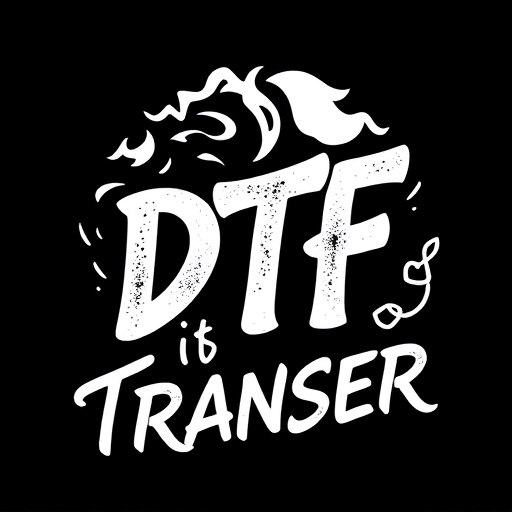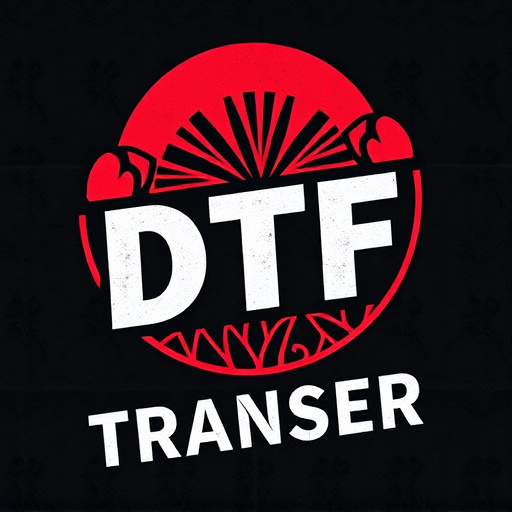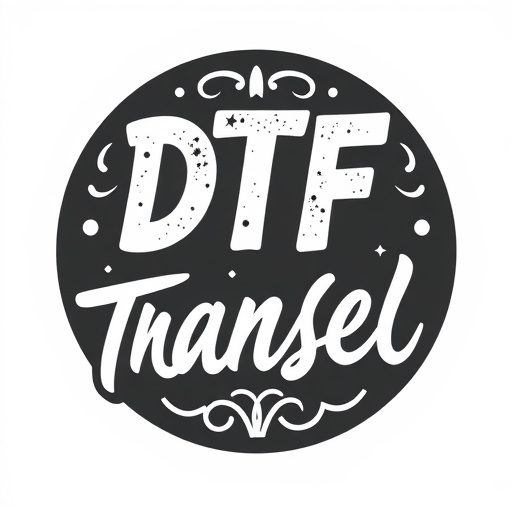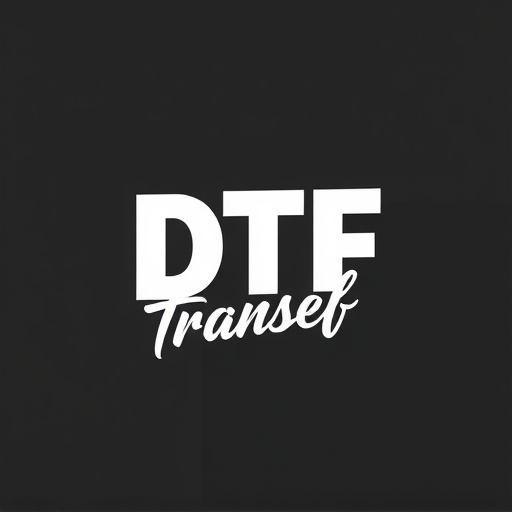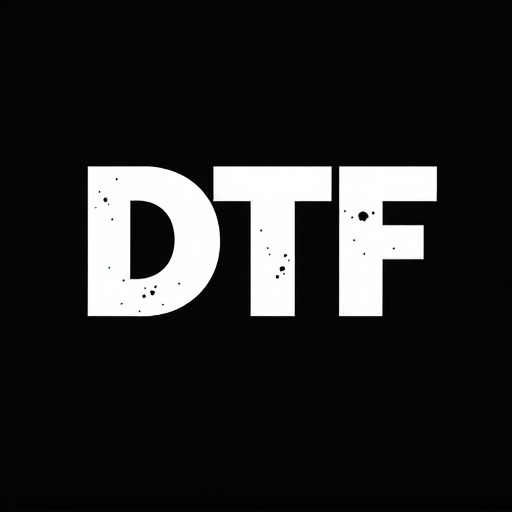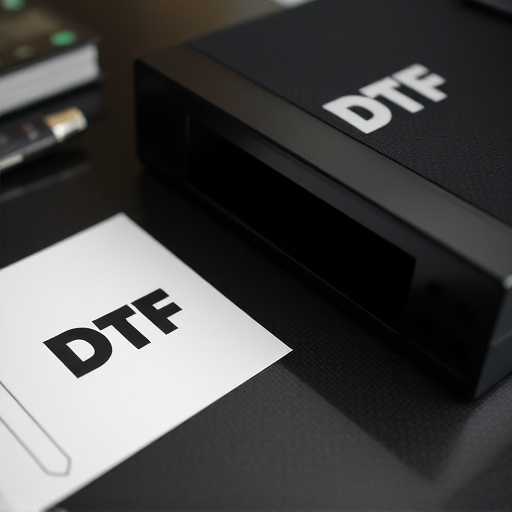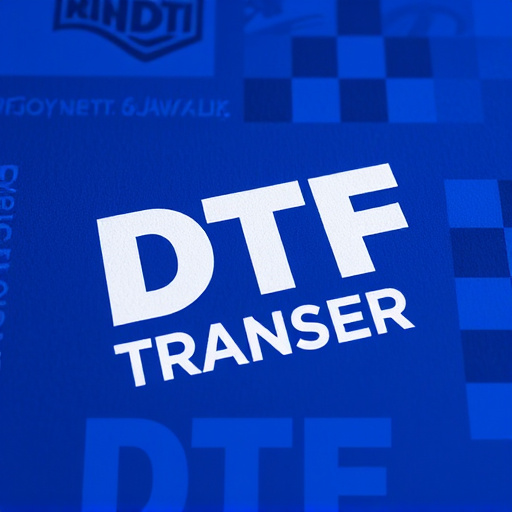Direct-to-Film (DTF) transfer technology revolutionizes intricate design reproduction across media, from film to fabric. This process scans analog images, enhances details with software, and prints high-fidelity digital files directly onto various materials. DTF Printing stands out for its precision, eliminating the need for screens, making it ideal for artists and designers seeking top-quality reproductions. The future of DTF looks bright, with advancements in technology enabling more intricate designs and wider applications in fashion, advertising, and entertainment. Choosing a reliable DTF service ensures prints that accurately replicate complex design elements.
In the realm of design reproduction, Digital Transfer Technology (DTF) has emerged as a game-changer. Capable of rendering intricate details with remarkable accuracy, DTF transfer techniques have revolutionized how we digitize film and produce prints. This article explores the advantages of DTF for preserving complex designs, delving into the process from film to digital print, and highlighting its diverse applications. We also look at future trends in DTF and its growing impact on design industries, offering insights into choosing the right printing service and the indelible marks it leaves on various creative fields.
- Understanding Digital Transfer Technology (DTF)
- Advantages of DTF for Reproducing Intricate Designs
- The Process: From Film to Digital Print
- Choosing the Right DTF Printing Service
- Applications of High-Quality DTF Prints
- Future Trends in DTF and Its Impact on Design Reproduction
Understanding Digital Transfer Technology (DTF)

Digital Transfer Technology (DTF) has revolutionized the way we reproduce intricate design elements in various media, including film transfers. This cutting-edge process involves using advanced digital techniques to capture and convert analog images into high-resolution digital files, preserving every detail of the original. DTF Transfer is not just about enhancing visuals; it’s a complex procedure that ensures color accuracy, sharp contrast, and seamless details, making it ideal for creating stunning DTF Prints.
The process begins with the scanning of traditional film negatives or positives using specialized equipment. These scans are then processed through sophisticated software algorithms that clean up noise, enhance edges, and restore faded areas, bringing dormant details back to life. Once optimized, the digital file is ready for printing, whether it’s on fabric, paper, or other materials. DTF Printing offers a level of precision and versatility unmatched by traditional methods, making it a go-to choice for artists, designers, and enthusiasts looking to produce high-fidelity reproductions of their film creations.
Advantages of DTF for Reproducing Intricate Designs

Direct-to-film (DTF) transfer offers a myriad of advantages when it comes to reproducing intricate design elements on fabric or other materials. This cutting-edge printing technique allows for incredibly detailed and precise patterns, making it ideal for creating complex designs that were once challenging or even impossible with traditional methods. With DTF, the design is directly imprinted onto the film, ensuring sharp lines, vibrant colors, and a level of accuracy that’s hard to achieve otherwise.
DTF printing has revolutionized the way we approach fabric customization, enabling designers and manufacturers to produce high-quality, intricate prints on various substrates. Whether it’s for apparel, home decor, or even industrial applications, DTF Transfer ensures consistent and stunning results. The process streamlines production by eliminating the need for separate screens or plates, making it a cost-effective and efficient solution for creating DTF prints that truly bring designs to life with their intricate details.
The Process: From Film to Digital Print
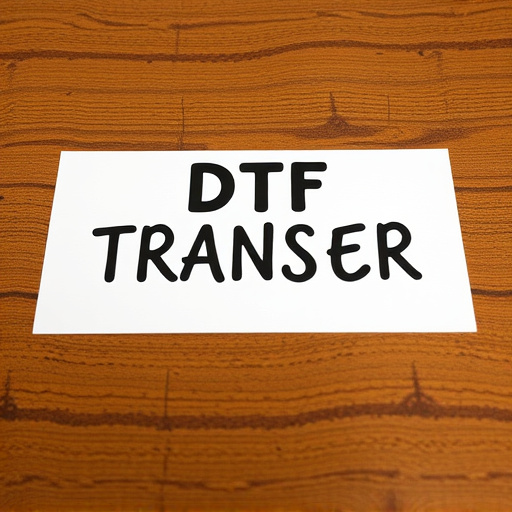
The process of transforming film into digital prints, often referred to as a DTF (Direct-to-Film) transfer, involves a meticulous journey that preserves intricate design elements with remarkable accuracy. It begins with the original film, which is carefully scanned at high resolution to capture every detail. This digital data is then processed using specialized software, enabling technicians to enhance contrast, sharpen edges, and adjust colors to match the desired aesthetic.
The next step is the DTF printing process itself. High-quality inks are precisely deposited onto a film substrate, creating a negative of the digital image. This negative is then used to expose a printing plate, which in turn transfers the design onto various materials like fabric, paper, or plastic. The result are DTF prints that perfectly replicate the original film’s complexity, ensuring every line, shade, and texture remains intact for years to come.
Choosing the Right DTF Printing Service
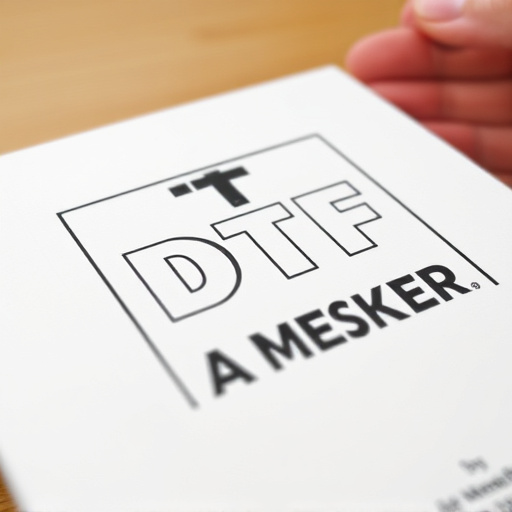
Selecting a reputable DTF (Direct to Film) Transfer service is paramount when aiming for prints that accurately capture intricate design elements. Not all printing services offer the same level of precision and quality, especially when dealing with detailed artwork. Look for companies specializing in DTF Printing, as they have the expertise and equipment to handle complex designs without compromising on sharpness or clarity.
Researching their portfolio, understanding their printing process, and inquiring about resolution capabilities are key steps. Reputable services will be transparent about their methods, ensuring you receive prints that accurately represent your original design. DTF Prints should be crisp, vibrant, and true to the source material, making them ideal for showcasing intricate patterns or fine details.
Applications of High-Quality DTF Prints
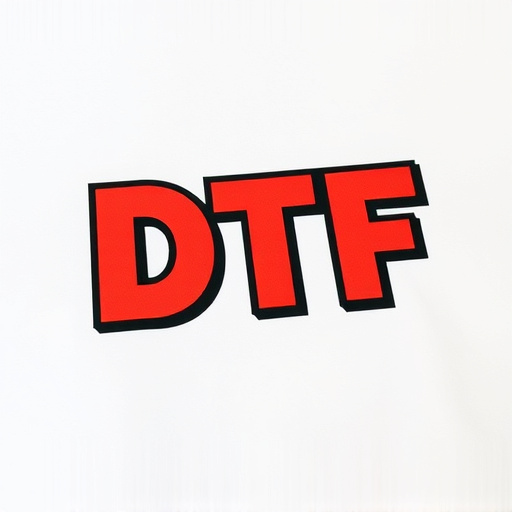
High-quality DTF (Direct to Film) prints have a wide range of applications, particularly in industries that demand intricate design reproduction. These prints are capable of showcasing complex patterns and details with remarkable accuracy, making them ideal for fashion, textile, and interior design projects. For instance, designers can use DTF transfers to create unique fabric patterns or wallpaper designs with precise color matching and fine line details.
In the world of advertising and branding, DTF Printing offers a versatile solution for window displays, signage, and promotional materials. The ability to reproduce intricate logos, graphics, and typography ensures that brands maintain their visual integrity across various media. Moreover, DTF Transfers are valued in the film and entertainment industry for creating high-resolution screen prints and limited-edition collectibles, catering to both fans and collectors alike.
Future Trends in DTF and Its Impact on Design Reproduction
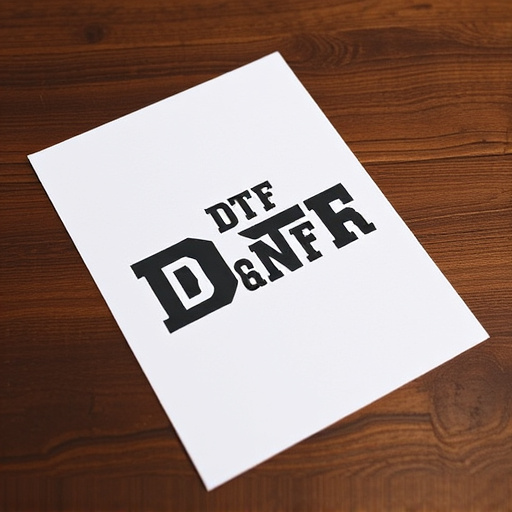
The future of design reproduction through DTF (Direct to Film) transfer is promising, with continuous advancements pushing the boundaries of what’s possible. As technology evolves, DTF printing is becoming increasingly versatile and precise, enabling the intricate replication of even the most detailed design elements. This means that complex patterns, fine lines, and subtle gradients can be accurately transferred onto various surfaces, opening up new possibilities for designers and printers alike.
With the rise of high-resolution imaging and advanced laser technologies, DTF transfers are set to play a pivotal role in industries such as fashion, packaging, and signage. The ability to produce DTF prints with consistent quality and unmatched detail will revolutionize how brands bring their creative visions to life. This trend will not only enhance visual appeal but also foster innovation, allowing designers to explore more intricate and captivating aesthetics without compromise.


